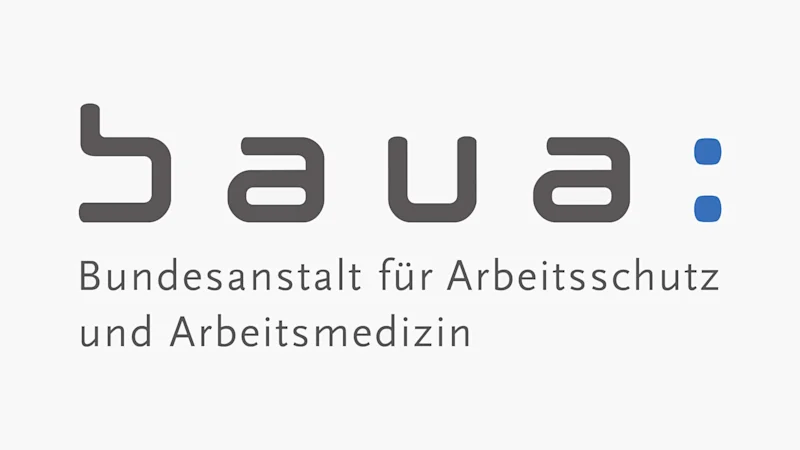
EU Ministers Press Commission on Delayed REACH Revision Amid Industry and Environmental Demands
EU Member States urge the Commission to accelerate the REACH revision, citing urgent health, environmental, and industry competitiveness needs.


The German Competent Authority has recently called for stricter regulatory measures on n-hexane, a chemical commonly found in consumer products, due to significant health concerns. These concerns primarily focus on the neurotoxicity of n-hexane and its suspected reproductive toxicity. The authority's recommendations are based on findings that highlight the need for more robust European Union (EU) level actions to protect public health.
n-Hexane, identified by its EC Number 203-777-6 and CAS Number 110-54-3, is a solvent used in various consumer products, including adhesives, lacquers, and insulating primers. The chemical has been linked to severe neurotoxic effects, particularly after repeated inhalation, which could lead to long-term damage to the nervous system. Additionally, there are concerns about its potential reproductive toxicity, posing a risk to human fertility and development.
A recently released Risk Management Option Analysis (RMOA) Conclusion Document by the German Competent Authority, based on data from the REACH (Registration, Evaluation, Authorisation, and Restriction of Chemicals) and CLP (Classification, Labelling, and Packaging) regulations, underscores the "realistic unacceptable health risk for consumers." This risk is especially significant when n-hexane-containing products are used indoors, such as in do-it-yourself (DIY) activities, where poor ventilation can exacerbate exposure levels.
In response to these health risks, the RMOA suggests several regulatory measures to mitigate the dangers associated with n-hexane exposure:
The proposed regulatory actions on n-hexane are not yet finalised. Further discussions at the EU level will determine the specific measures to be implemented. However, these recommendations reflect a growing concern among European regulators about the potential health impacts of n-hexane and similar substances.
If these regulations are enacted, manufacturers may need to reformulate products to either reduce or eliminate n-hexane content. This could result in changes in the availability of certain products, especially those used in confined indoor spaces, thus impacting both consumers and the industry.
These proposed steps by the German Competent Authority represent a proactive approach to safeguarding public health. By addressing substances like n-hexane that pose significant risks, the EU aims to minimize potential exposure to hazardous chemicals and ensure that their use is strictly controlled and monitored.
As regulatory discussions continue, various stakeholders—including industry representatives, consumer advocacy groups, and public health experts—are expected to provide valuable input on the proposed measures. The final outcome of these discussions will have far-reaching implications for consumer safety and the chemical regulatory landscape across Europe.
Foresight continuously tracks 1000s of sources and maps updates to your portfolio:




EU Member States urge the Commission to accelerate the REACH revision, citing urgent health, environmental, and industry competitiveness needs.

The EU has classified DBDPE as a substance of very high concern (SVHC) due to vPvB properties, affecting manufacturers and downstream users of flame retardants.

REACH fees rise from 5 November 2025 while SMEs remain exempt. New EU rules require ex ante SME verification from February 2027.
Subscribe to Foresight Weekly and get the latest insights on regulatory changes affecting chemical compliance.
Free forever. Unsubscribe anytime.
Read by professionals at